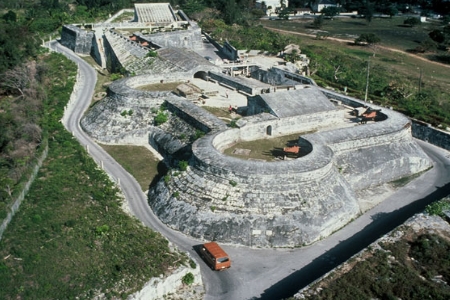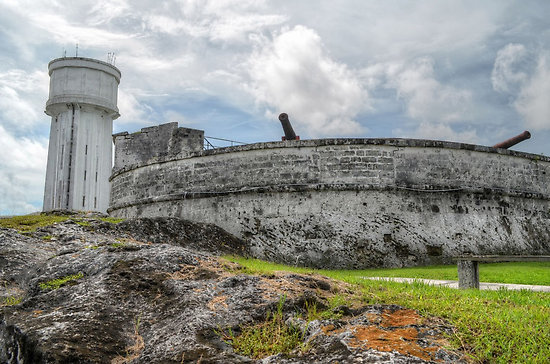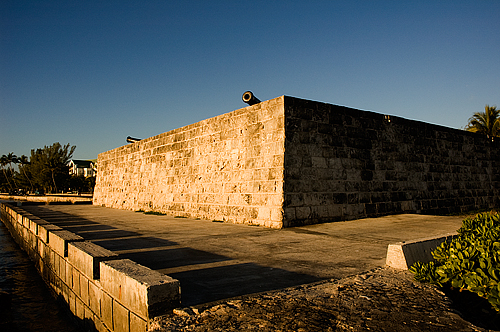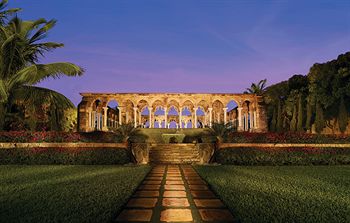Fort Charlotte
Among the largest and most interesting of the historical places to see when you are in Nassau is Fort Charlotte, which was built in 1789 by Lord Dunmore to protect the western entrance of the harbor. This was named after King George III’s beloved wife Charlotte and is actually two separate forts that were later combined to form one larger fort complete with a draw bridge. The middle section of the fort used to be called Fort Stanley, and the western side of the Fort used to be named Fort D’Arcy. When the renovations were all completed adding in the eastern end, it was renamed combining all the forts into one. Reenactments are planned for Fort Charlotte in the future.

Fort Fincastle
Sitting on top of Bennet’s Hill overlooking the City is Fort Fincastle. This fort was built in 1793 by Lord Dunmore as well and is currently only used a signal station. This fort was famous for the many different size cannons that it had and for its location as it overlooks the Queen’s Staircase as well. Queen’s Staircase was built between 1793 and 1794 by the local slaves. This 102′ solid limestone staircase with 65 steps in all, was built to honor the Queen Victoria’s reign and is also said to hold the emergency evacuation route from Fort Fincastle in the event of an attack on the Fort. Both Fort Fincastle and Fort Charlotte charge a small admission fee, but there is usually a local guide there who is eager to tell you the history of the fort.

Fort Montague
Fort Montague was built in 1741 by Peter Bruce, a military engineer for the purpose of protecting the Eastern Entrance fo the Nassau Harbor. This oldest fo the three forts in Nassau and the smallest, oftentimes being called a Battery and not a real fort. Fort Montague is located on Montagu Beach and was never used in battle or ever saw a shot fired in anger. Fort Montague offers free admission and is open at all times to the public. You can simply walk from the downtown area to the Fort and the Beach all within a few minutes.

The Cloisters
The Cloisters was originally an Augustinian Monastery, built-in Montrejua, France in the 14th century by Augustinian Monks. It was purchased originally by newspaper czar William Randolph Hearst. Then Huntington Hartford bought the piece and had it shipped to the Bahamas in the 1920s. It was hastily shipped and not numbered, so when it arrived in the Bahamas it sat in pieces until Jean Castre-Manne set about reconstructing it piece by piece. It took the artist 2 years to complete the piece in its new location in Paradise Island.

